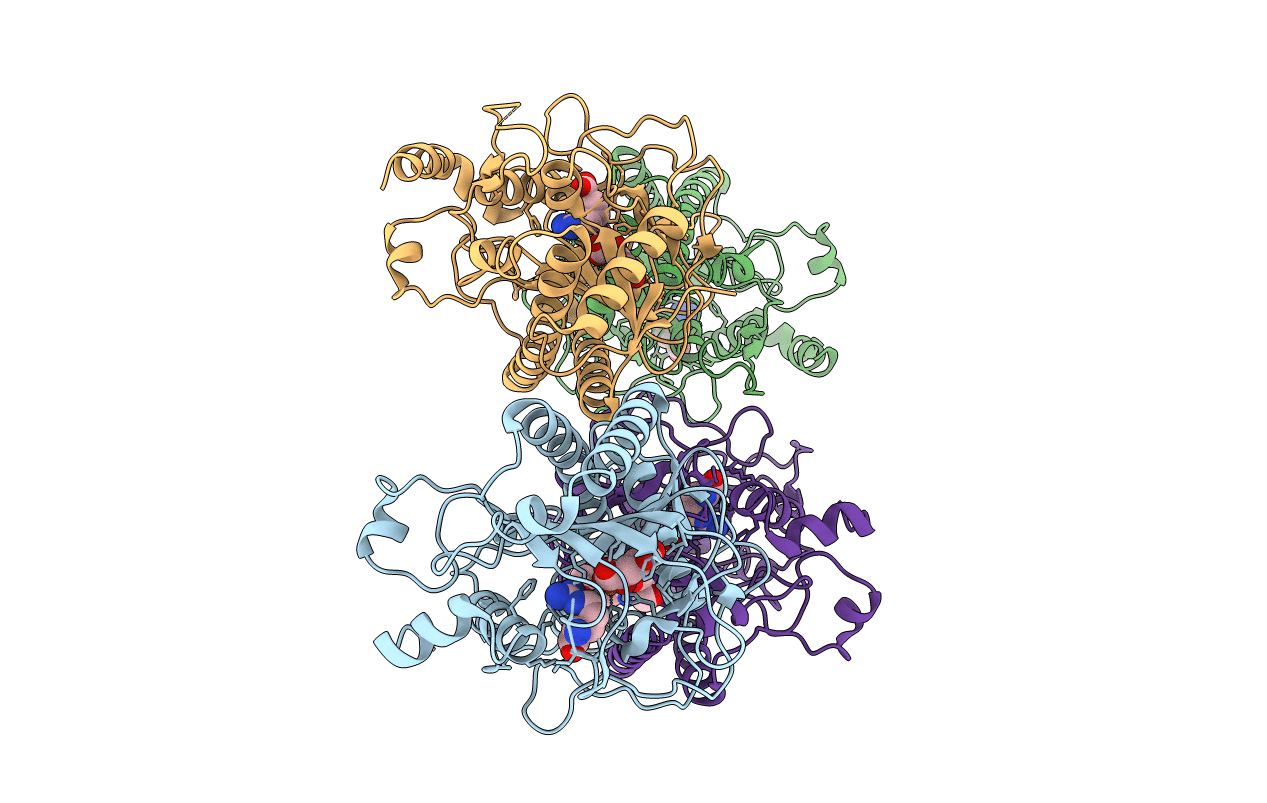
Deposition Date
2020-02-01
Release Date
2021-02-03
Last Version Date
2023-10-11
Entry Detail
PDB ID:
6VP4
Keywords:
Title:
Ethylene forming enzyme (EFE) in complex with Fe(II), L-arginine, and 2OG
Biological Source:
Source Organism:
Pseudomonas savastanoi pv. phaseolicola (Taxon ID: 319)
Host Organism:
Method Details:
Experimental Method:
Resolution:
1.83 Å
R-Value Free:
0.19
R-Value Work:
0.17
R-Value Observed:
0.17
Space Group:
P 1 21 1


